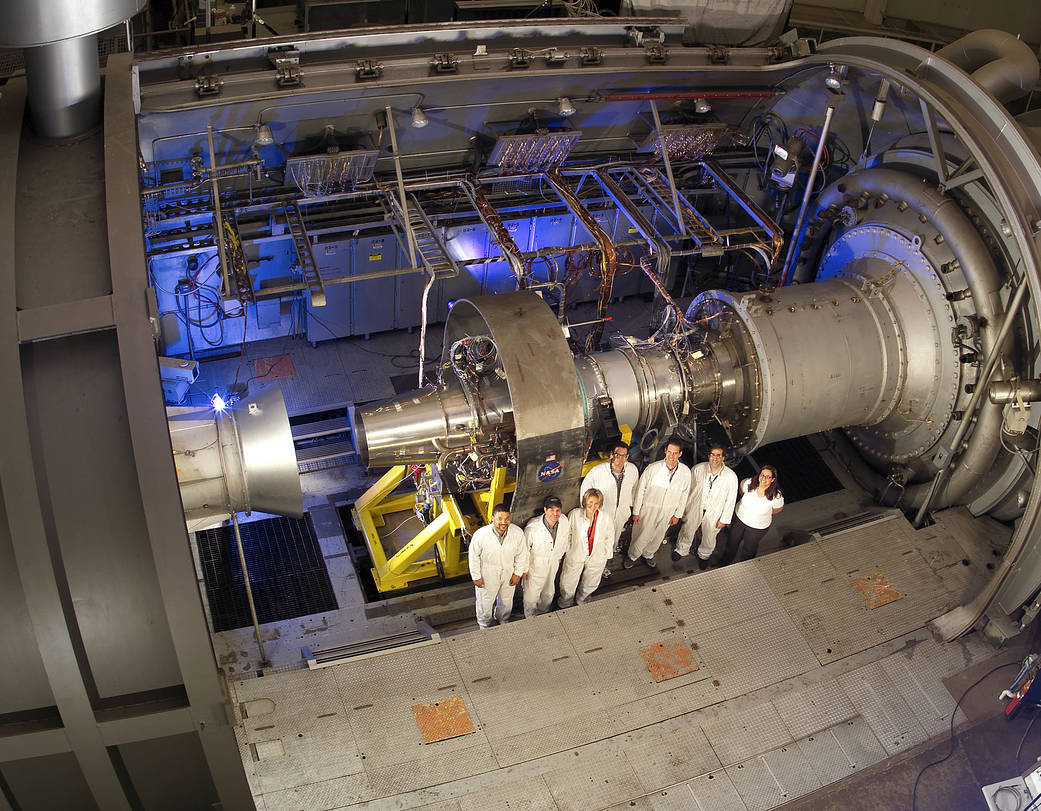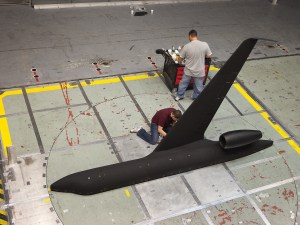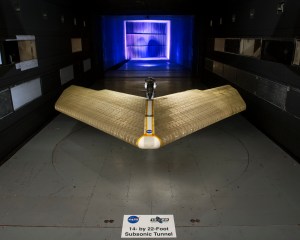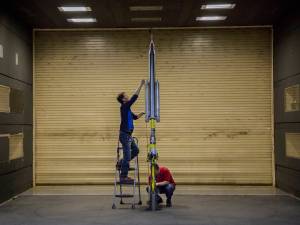NASA’s only ground-based test facility that can provide true flight simulation for experimental research on air-breathing propulsion, the Propulsion Systems Laboratory (PSL) can simulate altitudes to 90,000 feet and speeds up to Mach 6. The PSL is equipped to conduct full-scale and component testing for base research, advanced aircraft, space transportation, and general-aviation and hypersonic propulsion.
Using onsite compressors, exhausters, and heating and cooling systems, PSL can accurately create temperature and pressure-inlet conditions that propulsion systems experience in high-speed, high-altitude flight. Of the facility’s two test chambers, PSL–3 is used primarily for military class turbine engines and explores all facets of advanced aircraft research. The other, PSL–4, incorporates a high-temperature-and-pressure inlet plenum, addressing high-speed and altitude-propulsion-system research for both aviation and space applications. The PSL has also recently added the capability to simulate clouds of ice crystals and liquid water droplets.
Unique concepts engine testing at altitude have been pioneered and perfected in the PSL, including multiaxis thrust measurement, vectored and reverse exhaust gas collection, infrared imaging at altitude, aeroelastic measurements, transient pressure and/or temperature distortion simulation, and flight-transient simulation.
PSL has supported such aircraft programs as the SR–71, the F–16, the F–15 STOL and the B52 bomber.
Propulsion Systems Laboratory (PSL) Fact Sheet


































